Journal of Daylighting
Journal of Daylighting is a peer-reviewed international journal devoted to investigations of daylighting in buildings. It is the leading journal that publishes original research on all aspects of solar energy, buildings, and lighting. Read more
Open Access — free for readers, articles are published free-of-cost.
Rapid Publication: Bi-annual (articles are published continuously throughout the year)
Publication Fee: No charges
Year Started: 2014
Time to Publication: 70 days
Abstracting & Indexing
Scopus (Elsevier)
EBSCO
Directory of Open Access Journals (DOAJ)
Architectural Periodicals Avery Index
CrossRef
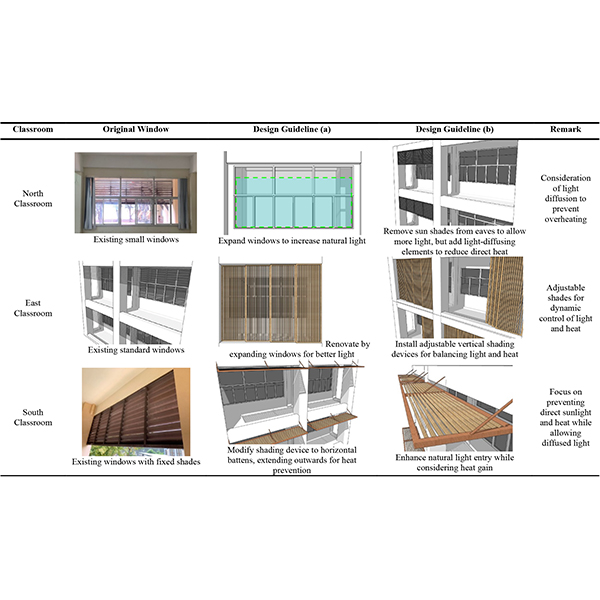
RESEARCH ARTICLE
Improving Natural and Artificial Lighting in Coastal Architecture Classrooms: Insights
This research examines the natural and artificial lighting performance comparison in an architecture classroom at a university in southern Thailand and gives principles for enhancing lighting design.
Journal of Daylighting 11 (2024) 23-38

RESEARCH ARTICLE
Electrochromic Glazing and Evaluation of Visual and Non-Visual Effects
The employment of electrochromic glazing can be a solution to balance circadian lighting and avoid glare. This can be achieved by controlling daylight entering the room and may be useful within the context of highly glazed facades in buildings in hot climates.
Journal of Daylighting 11 (2024) 1-22
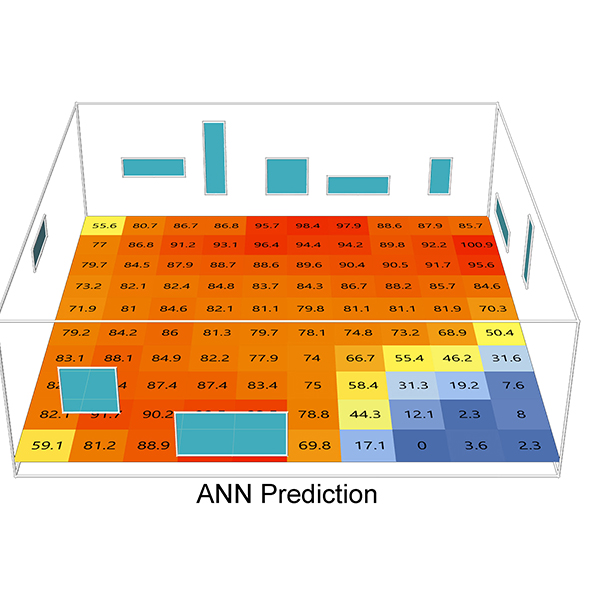
RESEARCH ARTICLE
Unfolding 3D Space into Binary Images for Daylight Simulation via
Daylighting plays a crucial role in building science, impacting both occupants’ well-being and energy consumption in buildings. Balancing the size of openings with energy efficiency has long been a challenge. .
Journal of Daylighting 10 (2023) 204-2013
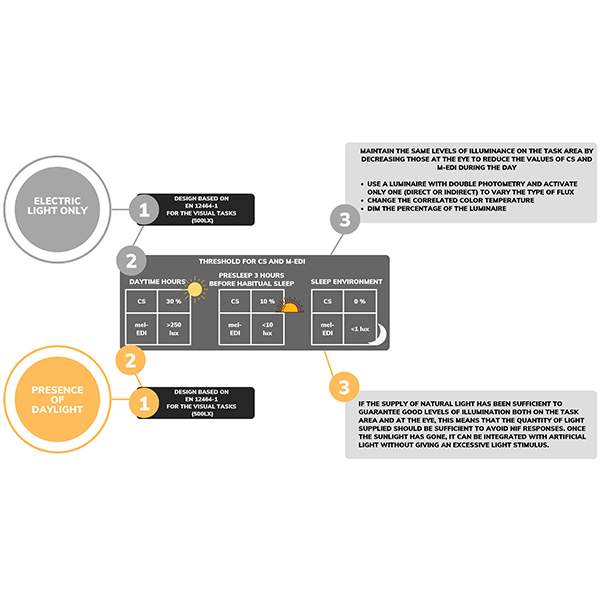
RESEARCH ARTICLE
Integrative Lighting Design: How to Optimize Visual and Non-visual
The objective of this paper is to outline fundamental principles for the electric lighting design of workplace environments such as offices. The study considers both the suggested guidelines and values for non-visual light design and the specifications for visual tasks dictated by the EN 12464-1:2021.
Journal of Daylighting 10 (2023) 192-203
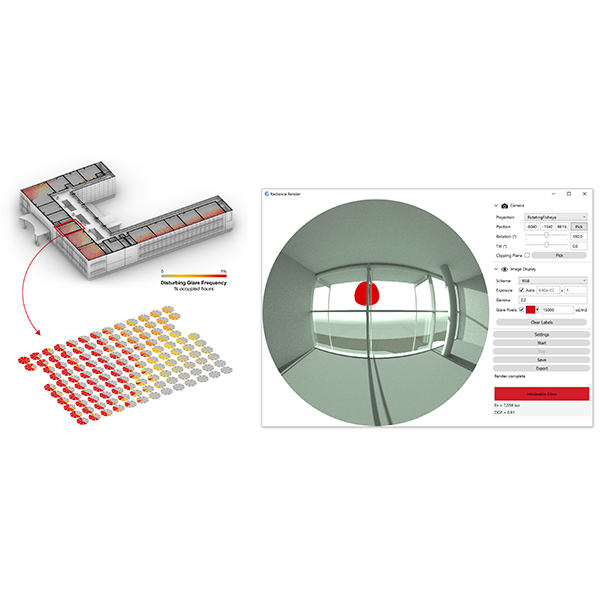
RESEARCH ARTICLE
The Effect of Parametric Patterned Façade Variations on Daylight
Parametric design influences on building envelope design are exponentially increasing in the current era due to the dominance of computational design on architectural outcomes.
Journal of Daylighting 10 (2023) 173-191
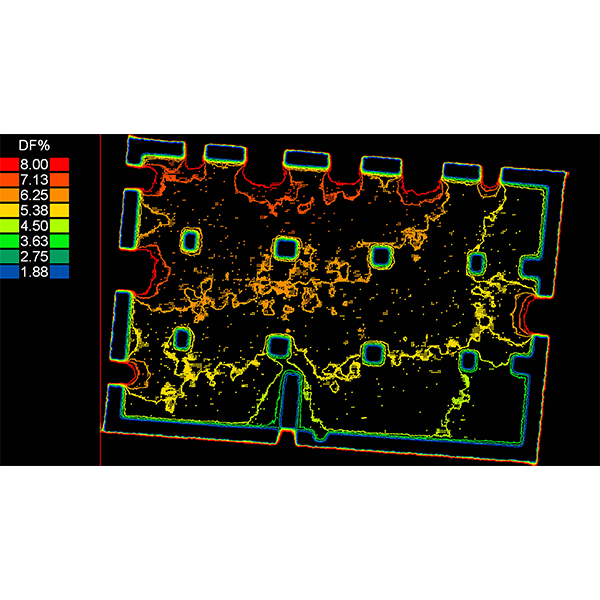
RESEARCH ARTICLE
Analysing the Daylighting Performance of the Main Prayer-hall in
This paper studies the daylighting quality of the indoor prayer-hall in The Great Upper Mosque of Hama city in Syria, highlighting this distinctive historical converted building that has been functioning as a mosque since the entry of Islam in the 6th century AD.
Journal of Daylighting 10 (2023) 153-172
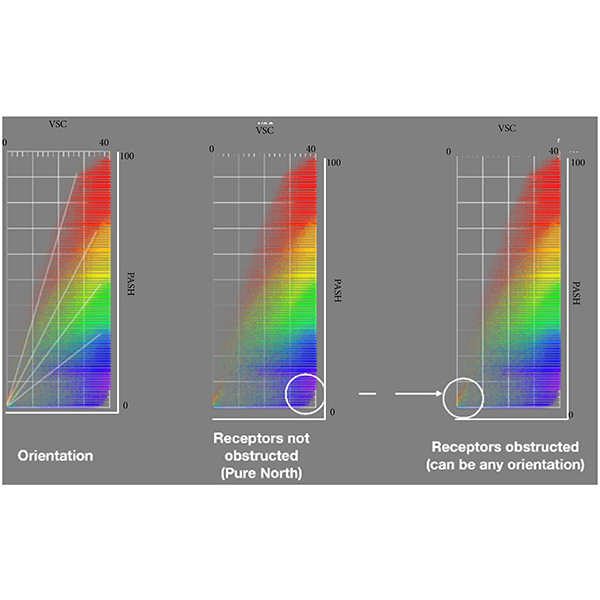
RESEARCH ARTICLE
Sunlight-Daylight Signature: a Novel Concept to Assess Sunlight and
Daylighting and solar availability at urban scale has come to play a crucial role in the perception of discomfort conditions for people, both in outdoor and indoor spaces, and on the energy consumption of buildings.
Journal of Daylighting 10 (2023) 136-152
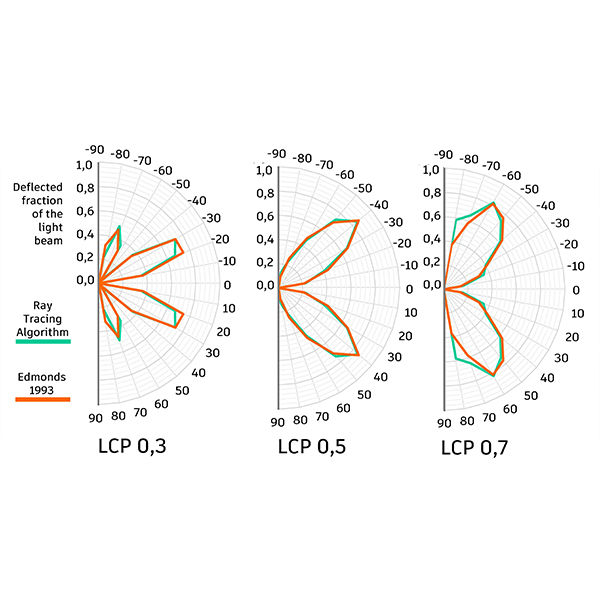
RESEARCH ARTICLE
Ray Tracing Algorithm to Simulate Laser-Cut Panel Light-Redirecting
Daylighting simulation software is an important tool to improve the quality of building design and to improve the quality of the built environment. For its application to correspond to reality, its algorithm needs to reflect real behaviour in the best possible way.
Journal of Daylighting 10 (2023) 87-98
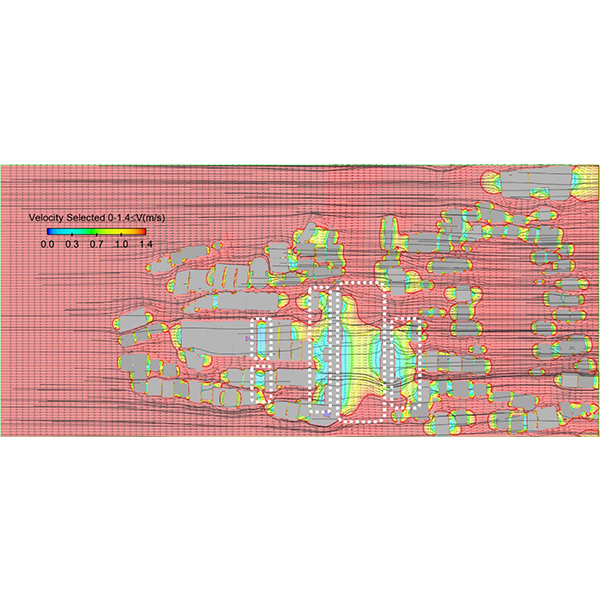
RESEARCH ARTICLE
The Effects of Orientation and Width of Space Between Buildings
Excessive heat in the high-rise urban fabric has contributed to pedestrian and occupants' discomfort. Establishing wind circulation in space with an environmentally compatible and optimal configuration is necessary to improve comfort in this region.
Journal of Daylighting 10 (2023) 99-116
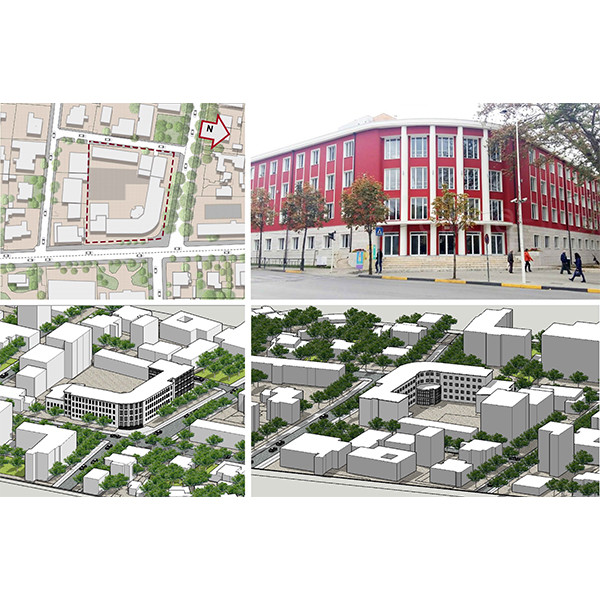
RESEARCH ARTICLE
Evaluation of the Visual Comfort and Daylight Performance of the
The daylight in classrooms is a crucial aspect that affects the quality of the learning environment and the overall performance of the students. Visual arts, such as painting, sculpture, carving, textile design and photography, require specific lighting conditions, which are different from the regular classroom standards.
Journal of Daylighting 10 (2023) 117-135
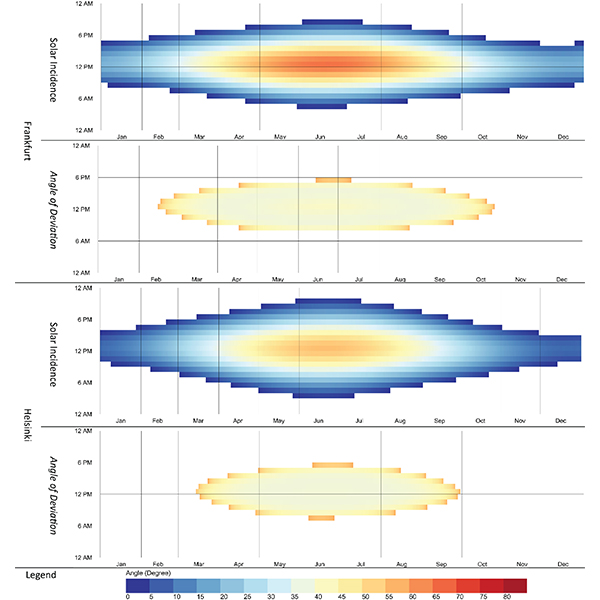
RESEARCH ARTICLE
Solar Angle Model for Daylight Redirection in Prismatic Panel
An advanced complex fenestration system can utilize uniform daylight. Nonetheless, an inefficient design would increase solar heat gain and indoor temperatures, besides uneven light distribution that would cause the "cave effect.
Journal of Daylighting 9 (2022) 257-265
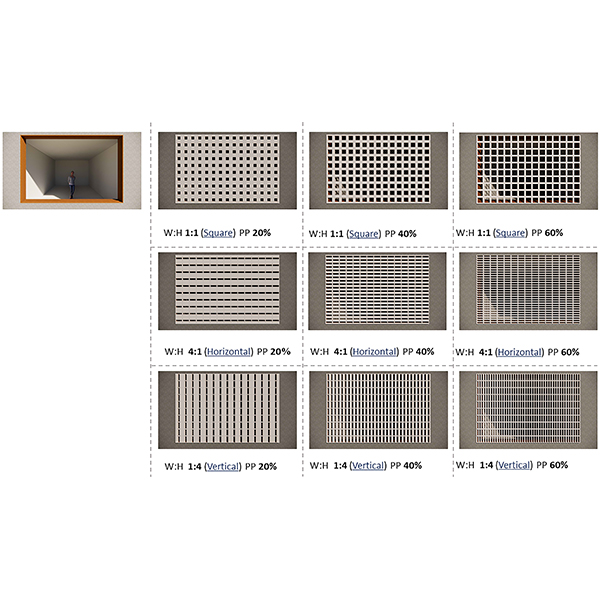
RESEARCH ARTICLE
The Significance of Aperture Proportion for the Lighting Behaviour and
Traditional solar screens in Iran (called Moshabak) are architectural devices used mainly in hot-arid regions, with two interrelated functions: controlling the penetration of sunlight and gaze from outside.
Journal of Daylighting 9 (2022) 242-256
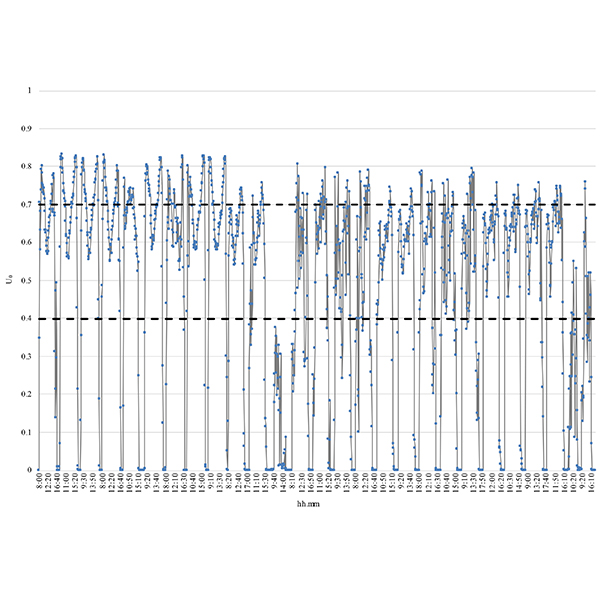
RESEARCH ARTICLE
Experimental Analysis on a 1:2 Scale Model of the
This paper is focused on the daylighting system named Modified Double Light Pipe (MDLP) designed by the authors as an evolution of the Double Light Pipe to eliminate the drawbacks due to its encumbrance and the high luminance of its upper portion.
Journal of Daylighting 9 (2022) 228-241
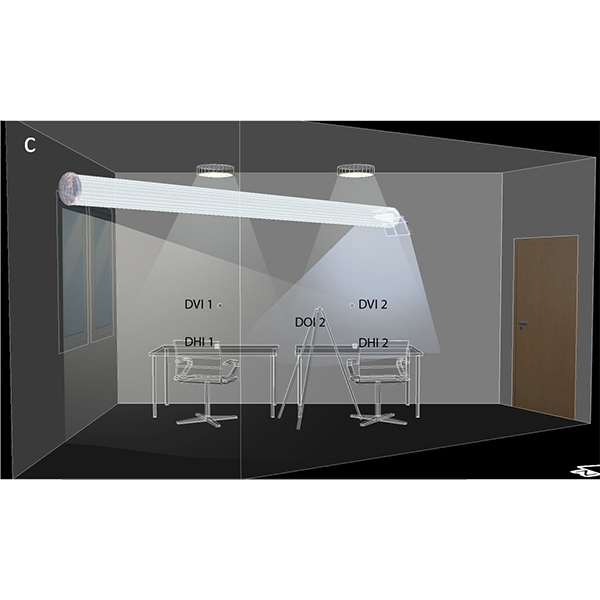
RESEARCH ARTICLE
Illumination and Lighting Energy Use in an Office Room with
This paper describes a field study of the illumination and lighting energy use in a full-scale test office in a building located in southern Norway. Natural light is provided to the office via southwest-oriented windows and a horizontal light pipe (HLP) with a daylight entrance facing the south.
Journal of Daylighting 9 (2022) 209-227
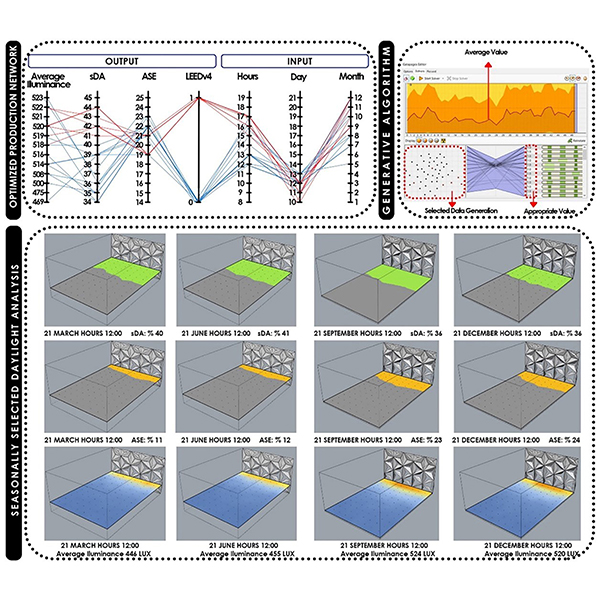
RESEARCH ARTICLE
Evaluation of Daylight and Glare Quality of Office Spaces with
There has been an increasing awareness in recent years about the evaluation of daylight and glare quality in buildings. In the study, an office space with a flat and a dynamic shading system facade (triangular cell facade) is discussed in the province of Mardin, which is in a hot and arid climate zone.
Journal of Daylighting 9 (2022) 197-208
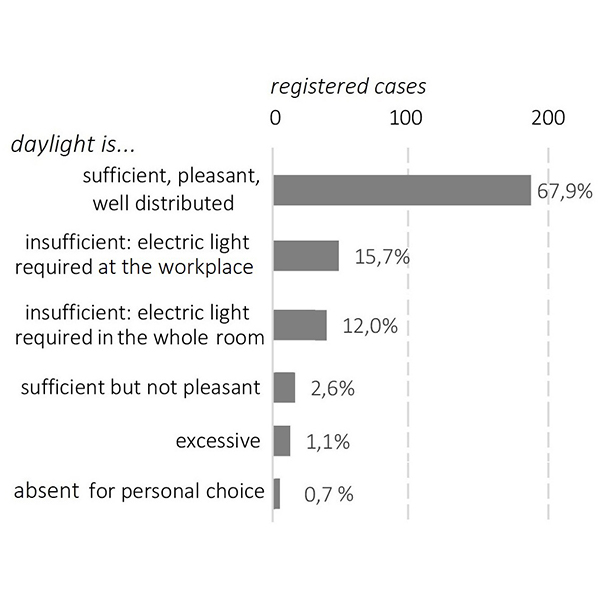
RESEARCH ARTICLE
Lighting Quality Self-assessment in Italian Home Offices
The spread of information technology and the improvement of telecommunicating systems have changed the way to conceive work. People performing typical office activities provided with a laptop and an internet connection can work in whatever place: a coffee house, a waiting room of a train station, an airport, or their own home.
Journal of Daylighting 9 (2022) 177-196
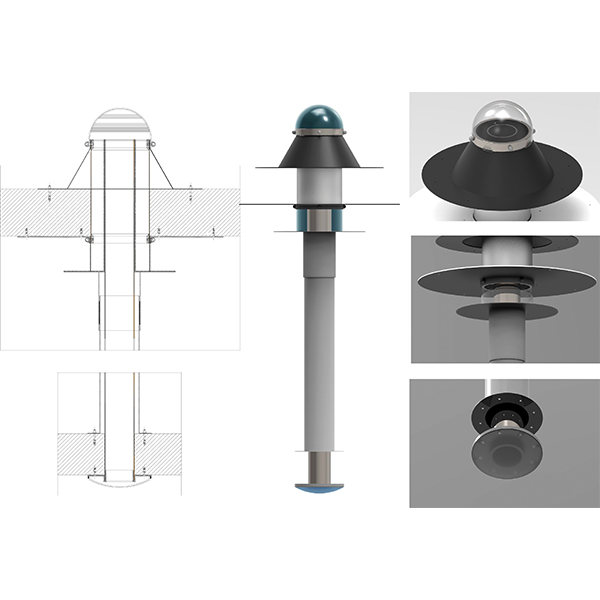
RESEARCH ARTICLE
Daylight Performance of the Modified Double Light Pipe (MDLP) Through
This paper focuses on the Modified Double Light Pipe (MDLP), an innovative daylighting system set up by the authors in the Laboratory of Technical Physics of the University “G. .
Journal of Daylighting 9 (2022) 164-176
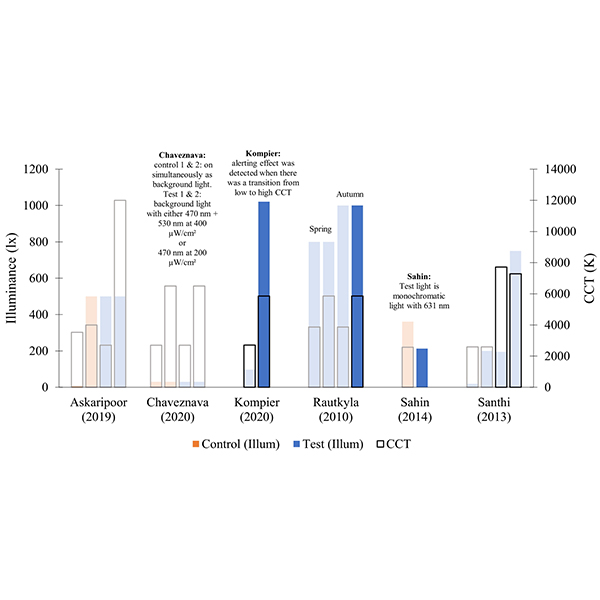
REVIEW ARTICLE
Alerting Effect of Light: A Review of Daytime Studies
Light affects humans beyond only image formation. Several studies have reported that light can increase daytime alertness and can therefore be positively utilized to counter daytime fatigue and increase productivity in workspaces.
Journal of Daylighting 9 (2022) 150-163
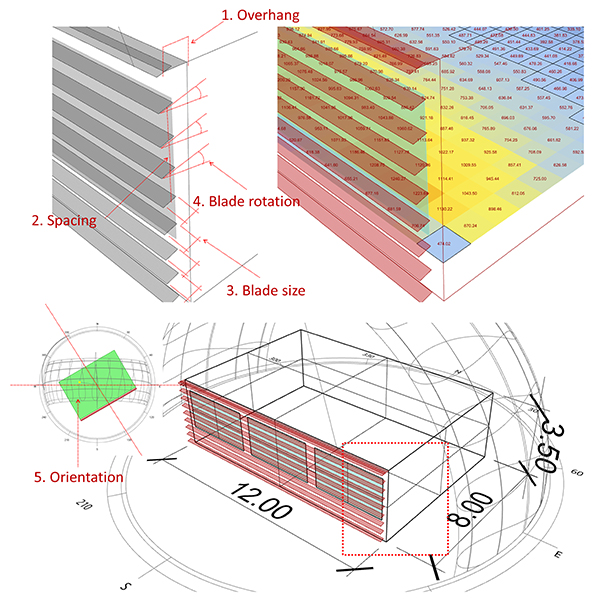
RESEARCH ARTICLE
The optimization of louvers shading devices and room orientation under
This paper presents parametric and multi-objective optimization (MOO) approach in optimizing daylight and energy consumption by incorporating louvres shading devices depicting three different sky conditions: Birmingham, UK, Jakarta, Indonesia, and Sydney, Australia.
Journal of Daylighting 9 (2022) 137-149
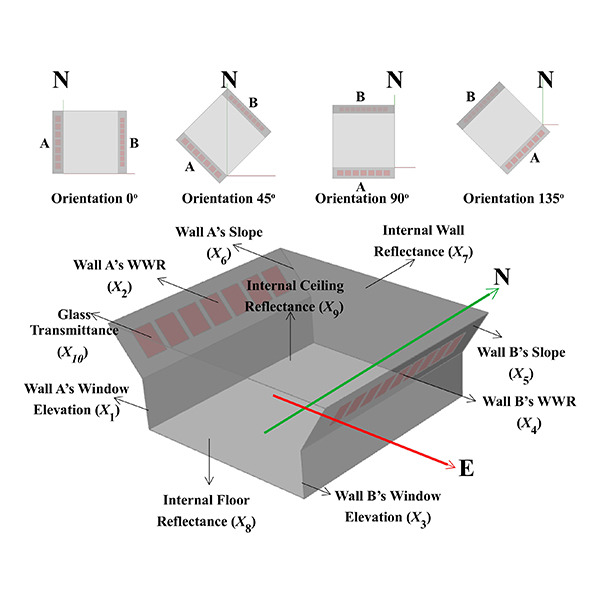
RESEARCH ARTICLE
Optimization of Daylighting Design Using Self-Shading Mechanism in Tropical
Despite its potential, daylighting strategies in school classrooms in the tropical climate regions is little explored in the literature. The use of two-sided or bilateral daylight opening, as well as the self-shading mechanism using sloped walls, are currently seen as potential strategies to achieve good daylighting in tropical buildings.
Journal of Daylighting 9 (2022) 117-136
Rank
Energy (miscellaneous): #27/54
Renewable Energy, Sustainability and the Environment: #131/235
CiteScoreTM 2022: 3.7
Editorial Board

Prof Hongfei Zheng
Beijing Institute of Technology, China

Dr Arsenio Barbón
University of Oviedo, Spain

Dr Boon Han Lim
Universiti Tunku Abdul Rahman, Malaysia

Prof. Barbara Szybinska Matusiak
NTNU, Norway

Dr Umberto Berardi
Ryerson University, canada

Prof. Antonio Manuel Peña García
University of Granada, Spain

Dr Susana Lagüela López
University of Vigo, Spain

Prof. Nabil Elminshawy
Port Said University, Egypt

Prof. Önder Güler
Istanbul Technical University, Türkiye

Dr Guiqiang Li
University of Science and Technology of China, China

Dr Canan Kandilli
Usak University, Turkey

Prof Laura Bellia
University of Naples Federico II, Italy

Dr Lim Yaik Wah
Universiti Teknologi Malaysia, Malaysia

Dr Rizki A. Mangkuto
Institut Teknologi Bandung, Indonesia

Dr Petar Pejic
University of Niš, Serbia

Dr Mohammed Salah Mayhoub
Al-Azhar University, Egypt

Dr Hui Lv
Hubei University of Technology, China

Dr Doris Abigail Chi Pool
Universidad de las Américas Puebla, Mexico

Dr Hui Shen
Texas A&M University-Kingsville, USA

Dr. Michele Rocca
University of Pisa, Italia

Dr Paula M. Esquivias
University of Granada, Spain

Dr. Feride Şener Yılmaz
Istanbul Technical University, Turkey

Dr. Francesco Nocera
Department of Civil Engineering and Architecture, University of Catania (ITALY), Italy

Omid Nematollahi
Isfahan University of Technology, South Korea

RESEARCH ARTICLE
Application of Different Circadian Lighting Metrics in a Health Residence
During the last three decades, various scientific researchers analysed the connection between natural elements and human life, both as far as well-being and productivity.
Journal of Daylighting 7 (2020) 13-24

RESEARCH ARTICLE
Exploring the Impact of Natural Light Exposure on Sleep of
Studies among people with dementia demonstrated that the sleep quality and rhythm improves significantly when people are exposed to ambient bright light.
Journal of Daylighting 5 (2018) 14-20
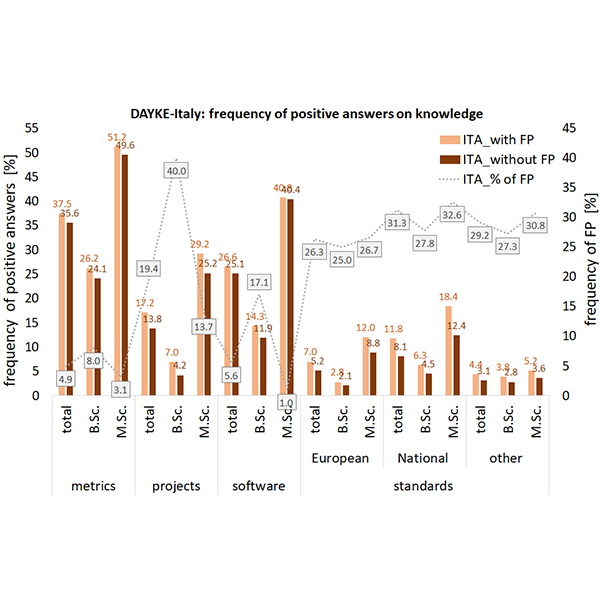
RESEARCH ARTICLE
A Survey on Daylighting Education in Italian Universities. Knowledge of
Daylighting is a strategic topic to achieve sustainable buildings, so it is more and more imperative that it is implemented in architecture curricula to prepare a new generation of daylighting-oriented practitioners.
Journal of Daylighting 8 (2021) 36-49
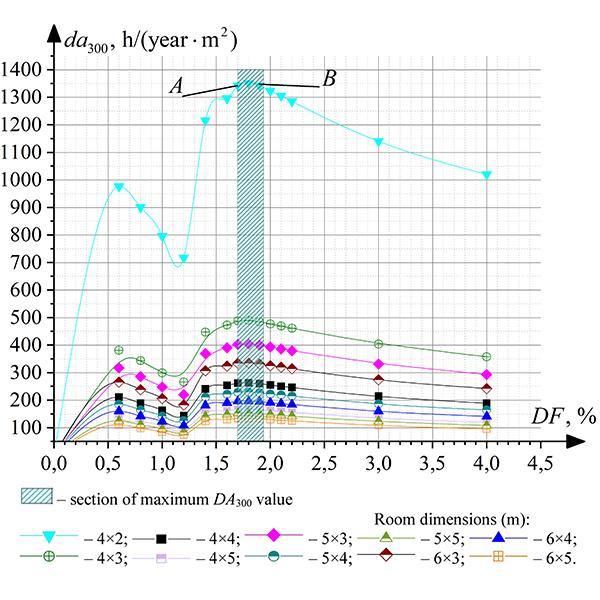
RESEARCH ARTICLE
Effective Use of Daylight in Office Rooms
The rational use of daylight can significantly reduce the cost of electricity for artificial lighting. This research aims at investigating the parameters of translucent structures of building envelope, and the value of daylight factor, for which maximum efficiency of daylight usage is achieved in office rooms.
Journal of Daylighting 7 (2020) 154-166

RESEARCH ARTICLE
Optimum Glazing Configurations for Visual Performance in Algerian Classrooms under
Daylight quality and quantity in Algerian schools show serious problems in ensuring visual comfort of students and teachers. Some problems are due to window design, which leads to excessive amount of sunlight penetration into the classrooms.
Journal of Daylighting 6 (2019) 11-22

RESEARCH ARTICLE
Evaluation of Daylight Availability for Energy Savings
Dynamic daylight simulations are very useful instruments in daylighting design process. They allow an in depth analysis of indoor daylight availability levels and define if they are adequate to perform a particular visual task.
Journal of Daylighting 2 (2015) 12-20
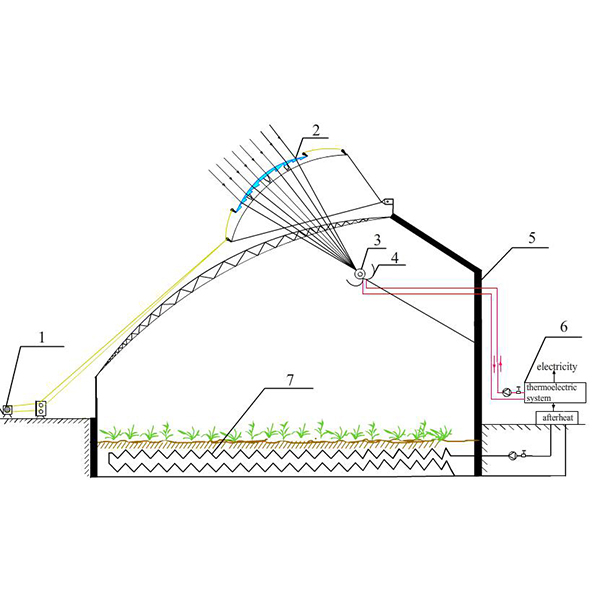
RESEARCH ARTICLE
Optical Analysis of A Sliding-Type Cylindrical Fresnel Lens Concentrating
Agricultural greenhouses are commonly built around cities to supply residents with agricultural products or green plants. With an increasing demand for plants’ growing environment, the temperature and illumination inside the greenhouses are counted especially during cold winter. .
Journal of Daylighting 8 (2021) 110-119
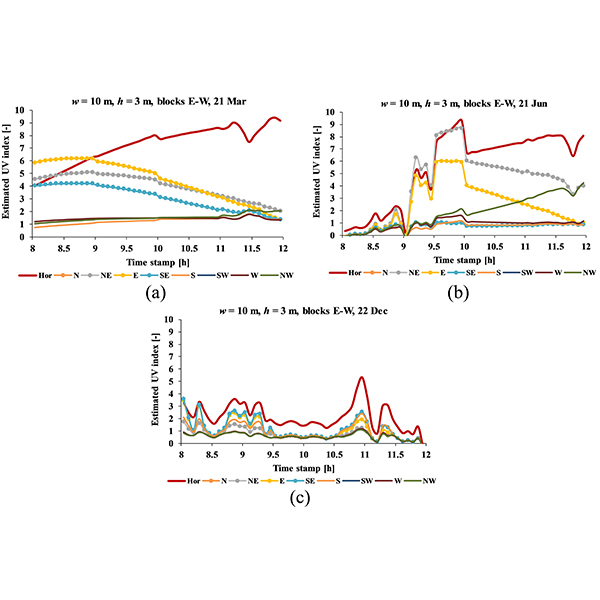
RESEARCH ARTICLE
The Impact of Courtyard and Street Canyon Surroundings on Global
Exposing oneself to outdoor daylight in the morning can be healthy and harmful at the same time, due to the risk of ultraviolet exposure. The presence of surrounding buildings in the urban context may also influence the risk.
Journal of Daylighting 7 (2020) 167-185
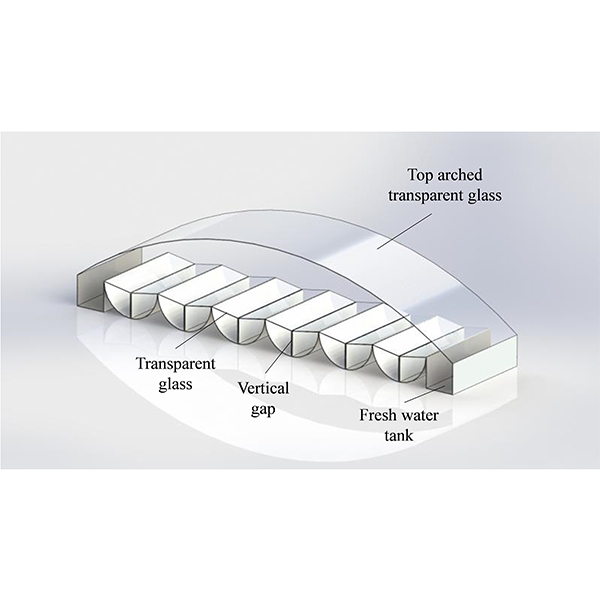
RESEARCH ARTICLE
Optical Analysis of a New Solar Distiller with Cylindrical Surface
In this paper, a new solar distiller floating on ocean with cylindrical surface concentrator and vertical gap evaporator is proposed for solving the problem of freshwater shortage in islands.
Journal of Daylighting 8 (2021) 100-109
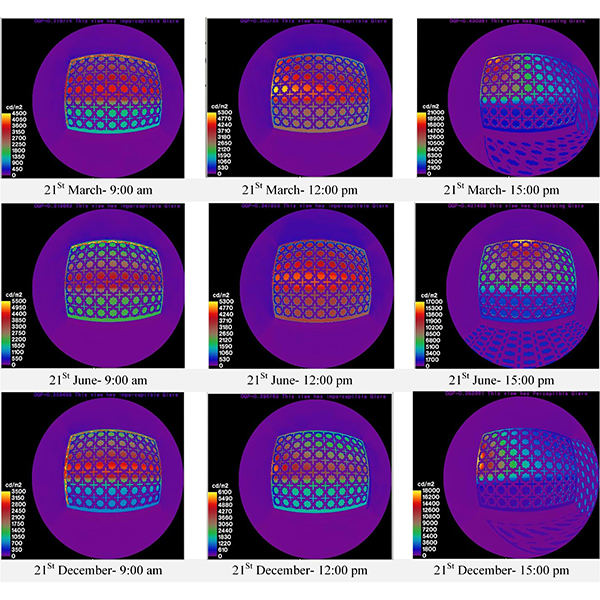
RESEARCH ARTICLE
The Role of Orosi’s Islamic Geometric Patterns in the
The form of the building facade significantly affects the amount of useful daylight admitted in the interior space. Striking a balance between the visual comforts of occupants and taking advantage of daylight is always a challenge and, therefore, investigating complex, geometric forms of Orosi patterns can be an effective way of improving visual comfort alongside the aesthetic aspects.
Journal of Daylighting 7 (2020) 201-221
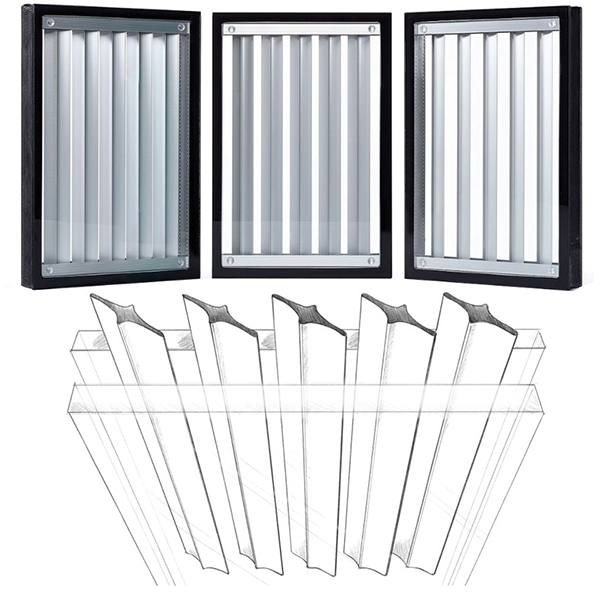
REVIEW ARTICLE
Daylight in Buildings and Visual Comfort Evaluation: the Advantages and
Exposure to daylight significantly affects the psychological well-being of occupants by diminishing headaches, eye tensions, or stress. Daylight penetration is a matter of collaboration between building façade and perimeter zones that can be controlled through façade design features. .
Journal of Daylighting 8 (2021) 181-203
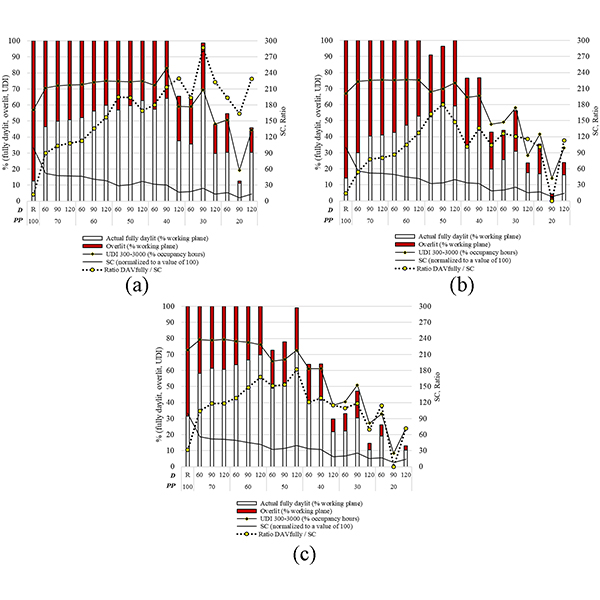
RESEARCH ARTICLE
A Comprehensive Evaluation of Perforated Façades for Daylighting and
New design tools have enabled architects to explore complex geometries for building envelopes. Perforated Screens (PS) have gained popularity but their design is still intuitive, often focused on aesthetic and morphological criteria.
Journal of Daylighting 6 (2019) 97-111
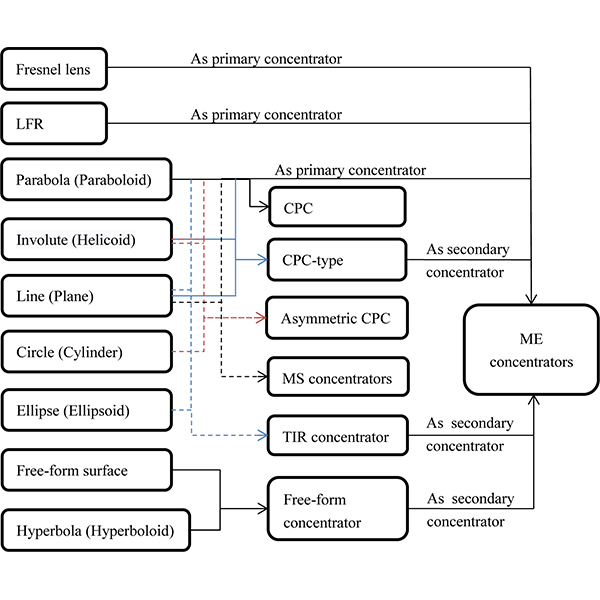
REVIEW ARTICLE
A Review on Solar Concentrators with Multi-surface and Multi-
Solar concentrator always plays an important role in solar energy collection as it could enhance the energy density effectively. Various structures of solar concentrators have been researched in recent years, among which multi-surface (MS) and multi-element (ME) combinations are the two typical structures.
Journal of Daylighting 6 (2019) 80-96

RESEARCH ARTICLE
Solar shading in low energy office buildings - design strategy and
Moving towards passive house-level envelopes, zero-energy buildings, or zero-emission buildings, where the carbon footprints of the buildings are minimal, the performance of the transparent parts of the envelope is vital for ensuring a low energy demand and a desirable indoor environment.
Journal of Daylighting 4 (2017) 1-14
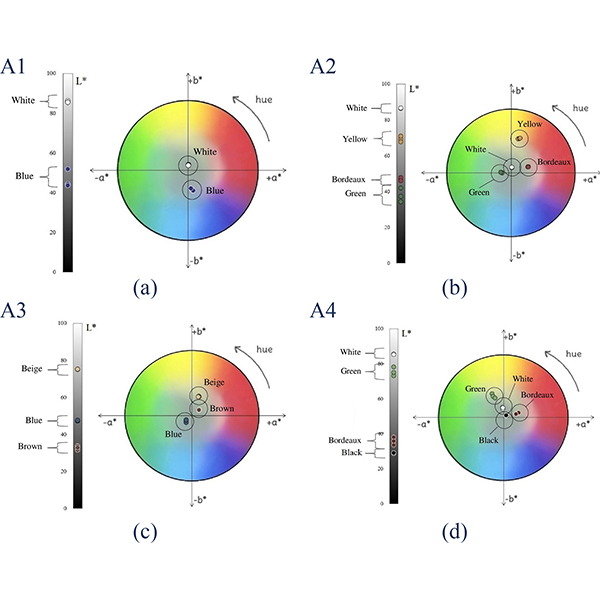
RESEARCH ARTICLE
Optical Characteristics of Traditional Portuguese Azulejos: Mixing Colors to Obtain “
The need to reduce energy consumptions in buildings brings modern research to focus on the use of natural sources. In this context, the interest towards traditional architecture has been fueled, since one of the characteristics identifying it is the intuitive and intrinsic link between the building and the surrounding environment.
Journal of Daylighting 7 (2020) 273-281
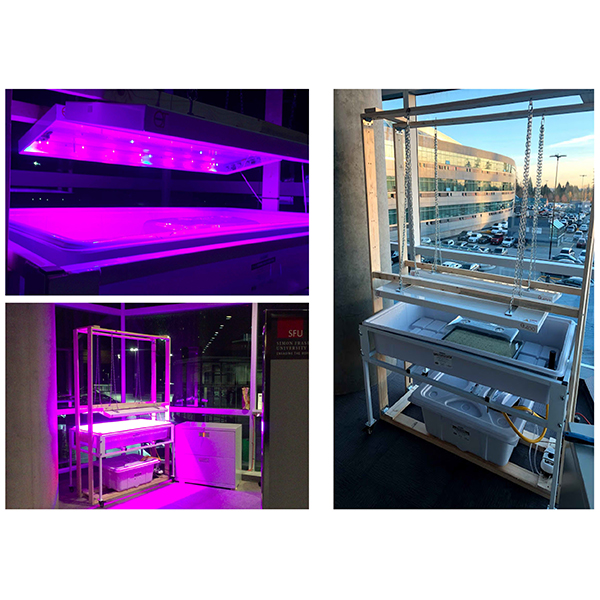
RESEARCH ARTICLE
An Intelligent IoT-enabled Lighting System for Energy-efficient Crop
In this paper, an intelligent lighting instrumentation and automation system is presented with the objective of achieving high energy-efficiency in greenhouse supplemental lighting based on the Internet of Things (IoT) technology.
Journal of Daylighting 8 (2021) 86-99
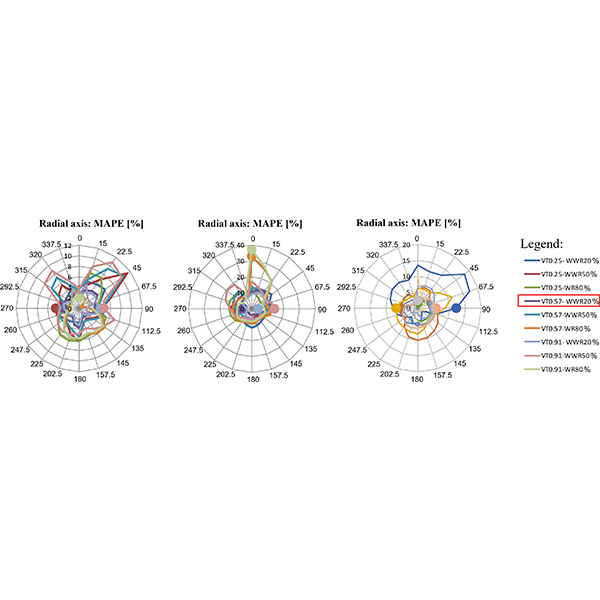
RESEARCH ARTICLE
Metamodeling of the Energy Consumption of Buildings with Daylight Harvesting –
Daylight harvesting is a well-known strategy to address building energy efficiency. However, few simplified tools can evaluate its dual impact on lighting and air conditioning energy consumption.
Journal of Daylighting 8 (2021) 255-269
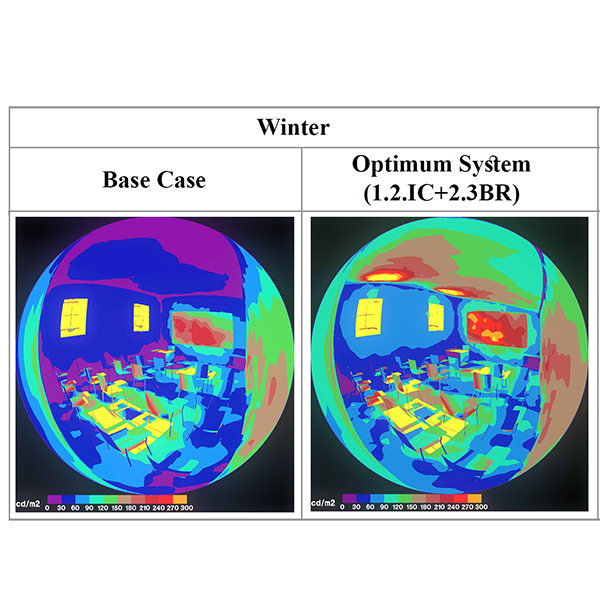
RESEARCH ARTICLE
Improving Daylight Availability in Heritage Buildings: A Case Study of
Refurbished heritage buildings usually lack in meeting the required standards defined for the new function especially when reused as educational buildings.
Journal of Daylighting 8 (2021) 120-133

RESEARCH ARTICLE
Thermographic Mobile Mapping of Urban Environment for Lighting and Energy
The generation of 3D models of buildings has been proved as a useful procedure for multiple applications related to energy, from energy rehabilitation management to design of heating systems, analysis of solar contribution to both heating and lighting of buildings.
Journal of Daylighting 1 (2014) 8-15
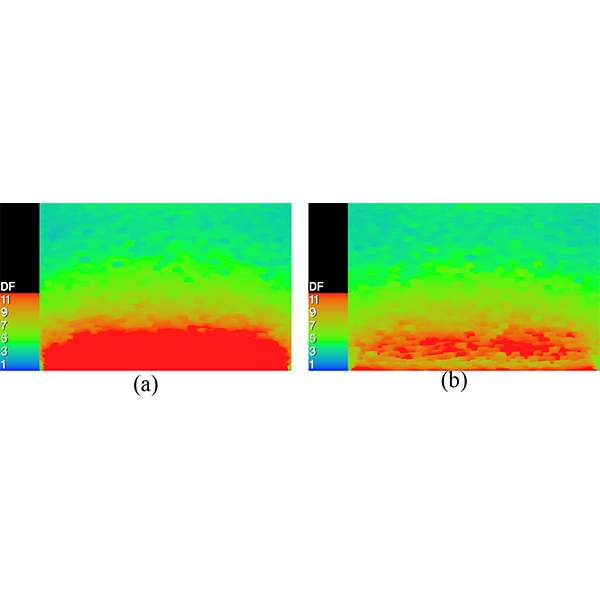
RESEARCH ARTICLE
Comparative Study on Computer Simulation of Solar Shading Performance with
Current technological advancement and the requirement for sustainability-driven practices has birthed increased demands for accuracy in performance and assessment of energy consumption in the built environment.
Journal of Daylighting 8 (2021) 50-64
 HOME
HOME